Information
-
Council Reference No.
-
Location
-
Conducted on
-
Prepared by
-
Others present:
Internal Barrier - General
-
Note: Residential building is defined by the Act:
"residential building means a building (such as a dwelling-house, residential flat building or boarding-house) that is solely or principally used for residential purposes, and includes any structure (such as a garage or shed) that is ancillary to any such building, but does not include:
(a) a building that merely forms part of a complex of buildings (such as a school or recreational centre) that is principally used for non-residential purposes, or
(b) a moveable dwelling, or
(b1) tourist and visitor accommodation, or
(c) a shed that is ancillary to a swimming pool and the primary purpose of which is to store equipment that is used in connection with the swimming pool (but not a shed of a kind prescribed by the regulations), or
(d) a building or structure of a kind prescribed by the regulations." -
Does the barrier separate the pool from any residential building or place adjoining the premises?
-
Is the barrier a permanent structure?
-
Is finished ground level a permanent stable surface?
-
All structures or objects (such as garages, carport, shed, clothesline or the like) that are not associated with the use of the pool are located outside the pool area?
Windows
-
Windows located within a pool area must comply with one of the following:
a) be at least 1800mm above finished ground level (FGL) in the pool area, OR
b) be totally covered by bars or mesh screen that is fixed to the building with fasteners that can only be removed by the use of a tool, e.g, a screwdriver or spanner, OR
c) be restricted to an opening no greater than 100mm using fasteners that can only be removed by the use of a tool, e.g, a screwdriver or spanner -
Are there any windows located within the swimming pool area with a sill height less than 1800mm from FGL?
-
Do the windows comply with one of the following? <br> <br> a) be totally covered by bars or a mesh screen? <br> OR <br> b) restricted to a maximum opening of 100mm?
Internal Pool Barrier - Measurements (non-boundary and less than 1800mm in height)
-
Is the height of the internal barrier at least 1200mm from top of fence to finished ground level ?
-
Features diagram
-
No features or objects that would reduce the height of the barrier to be located within 500mm of the OUTSIDE of internal barrier.
-
Features diagram
-
Is the width of all vertical gaps less than 100mm ?
-
Is the gap between bottom of barrier and finished ground level no greater than 100mm ?
-
The pool fence is well maintained and in good state of repair? (eg no holes, damaged or rusted components)
-
Strength & rigidity of openings - (clause 3.1 AS1926-2012)
The conical end of the test object (cone) shall be placed into the opening under test and a force of 150N be steadily applied in an attempt to force the body of the cone through the opening. -
At the time of inspection is it the Council Officers opinion that the vertical openings within the barrier would pass strength and rigidity testing?
-
Test device used and cone did not pass through any opening when a force of 150N was applied?
Internal Pool Barrier - NCZs
-
****NOTE: Non-climbable zones (NCZ's) do not apply to internal barriers that are 1800mm or more in height which may also be climbable on either or both sides.
-
3D NCZ DIAGRAM
-
NCZ1 clear?<br>NCZ1 is measured vertically on outside face of barrier.<br>No handholds or footholds, or objects or plants that will facilitate climbing in NCZ.<br>No projections or indentations with horizontal surface >10mm.
-
NCZ2 clear?<br>NCZ2 is a quadrant measured on the outside of the barrier created by 900mm radius down from the top of NCZ1.<br>No handholds or footholds, or objects or plants that will facilitate climbing in NCZ.<br><br>Note: NCZ2 is always immediately adjacent to NCZ1 on all barriers
-
NCZ3 clear?<br>NCZ3 is a quadrant on the outside of barrier created by a 900mm radius UP from the top of the barrier<br>No handholds or footholds, or objects or plants that will facilitate climbing<br><br>Note: If the top of NCZ1 is below the top of the barrier, NCZ3 extends vertically down to the top of NCZ1.<br>Note: NCZ3 does not apply to any item or component on, or that is part of, the barrier. NCZ3 is applicable only to the space created by the quadrant.
-
NCZ4 clear?<br>NCZ4 is a 900mm high by 300mm deep rectangular space on the inside of the barrier, aligning with NCZ1.<br>No handholds or footholds, or objects or plants that will facilitate climbing in the NCZ.<br><br>Note: Only applies where barrier has vertical openings 10mm - 100mm in width.<br><br>
Gates
-
Is the gate kept securely closed?
-
Does gate swing away from pool area?
-
Does gate swing freely through its entire arc of operation? (i.e. cannot be wedged open)
-
Full arc of operation clear of any building or doorway?
-
NCZs clear for the gate (hinges)?
Gate closure
-
Self-closing device closes the gate from any position, with a stationary start and without the application of a manual force and operates the latch
-
Does gate self-close from a stationary start in any position, including while resting on latch?
-
Does gate self-close from resting on latch position?
-
Does gate self-close from partially open position?
-
Does gate self-close from fully open position?
-
Lift gate upwards and pull downwards with a force of 250N.<br>The above movement of the gate must not:<br>1. Release the latch<br>2. unhinge the gate<br>3. increase gap under gate to >100mm
-
Latch shall not be able to:<br>1. Be inadvertently adjusted during operation<br>2. Locked in the 'open' position<br>3. Adjusted without use of tools
-
Is the release point for latch located either: <br> <br> a) no less than 1500mm from finished ground level, <br> <br>OR <br> <br>b) on inside of the barrier at least 150mm below the top of the fence or access point that is 1200mm above ground level AND surrounded by a 450mm shield so it can only be accessed by reaching over the fence or through a latch access point with no gaps more than 10mm present.
Boundary Pool Barrier
-
Does a boundary fence form any part of the pool barrier?
-
Is the barrier at least 1800mm in height, measured from inside the pool area?
-
No features or objects such as retaining walls, raised garden beds or any other item, to be located within 500mm of the INSIDE of boundary barrier that would reduce the height of the barrier to be less than 1800mm
-
Features diagram
-
NCZ5 clear?<br>NCZ5 is a quadrant of 900mm radius, measured down from the top of the INSIDE of the boundary pool barrier.<br>No handholds or footholds, or objects or plants that will facilitate climbing in NCZ.
-
NCZ5 diagram
-
Where internal pool barrier intersects into NCZ5, the top of internal barrier must: <br><br>- be less than 50mm and intersect at angle between 45 and 130 degrees,<br><br>OR<br><br>- continue at >1800mm for at least 900mm.
-
Is the barrier a permanent structure?
-
The pool fence must be well maintained and in good state of repair (eg no holes, damaged/rusted panels/rails or broken palings)
-
Is finished ground level a permanent stable surface?
-
The gap between the bottom of the boundary fence and the ground is no more than 100mm?
-
Is the width of all vertical gaps <100mm ?
CPR signage:
-
Is there a warning notice (CPR Chart) erected?
-
Does the sign contain the required information and diagrams?
-
Is the sign in a prominent position in the immediate vicinity of the swimming pool?
-
Is the sign clearly legible?
Overview
-
I have taken photographs of any non-compliance in the relevant sections.
-
Take photographs showing the entire barrier here.
-
Additional Comments
-
Is there a significant risk to public safety?
-
Is the safety of a person at risk?
-
If Council considers that the safety of a person is at risk if the requirements of a direction were not carried out as soon as possible, it may serve the direction without notice. See section 23(6) of the Act.
-
What is the nature of the risk?
Recommendations
-
Draft Direction
-
Emergency Direction
-
Show Cause
-
Compliance Certificate
-
Section 22 Exemption to be granted?






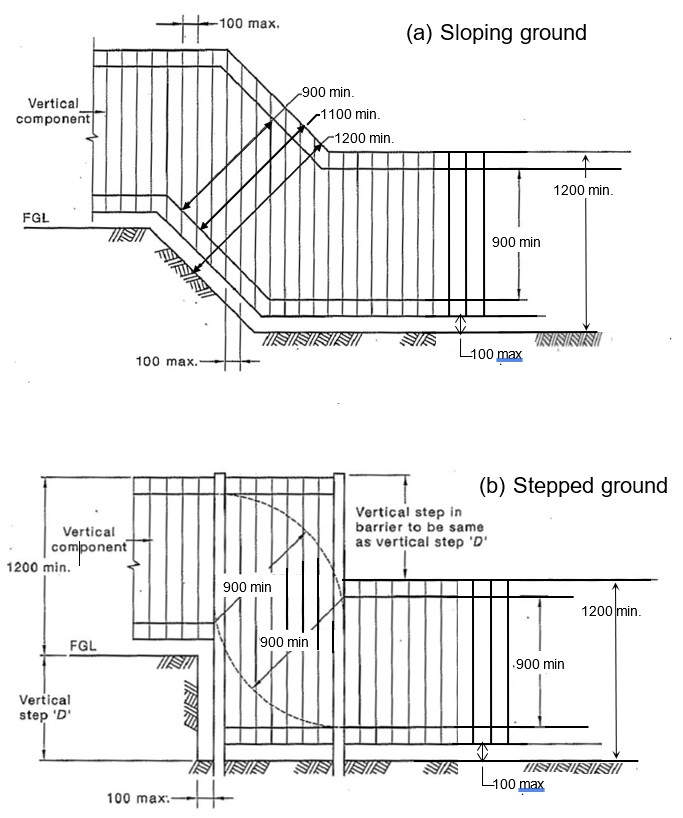
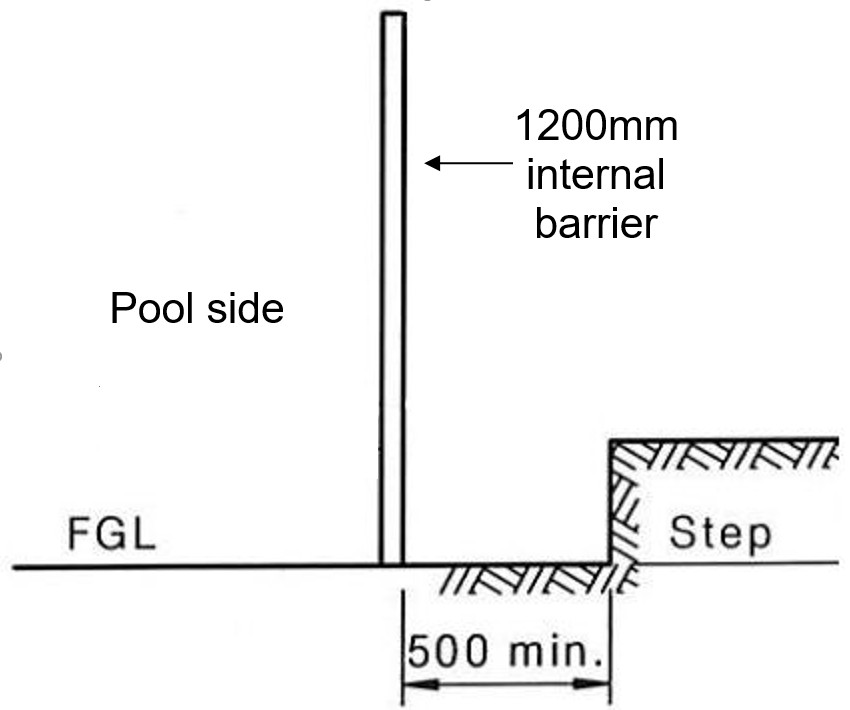
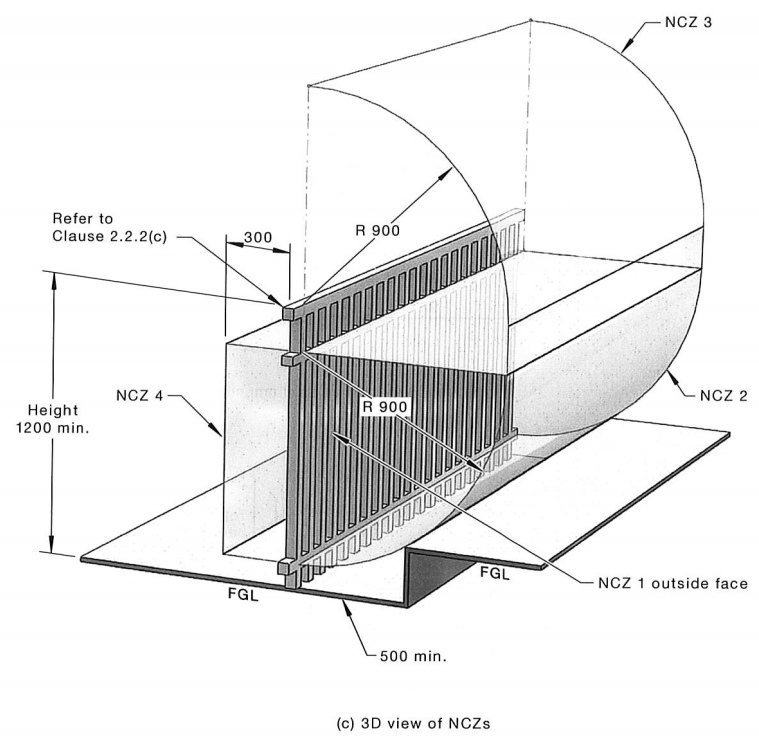
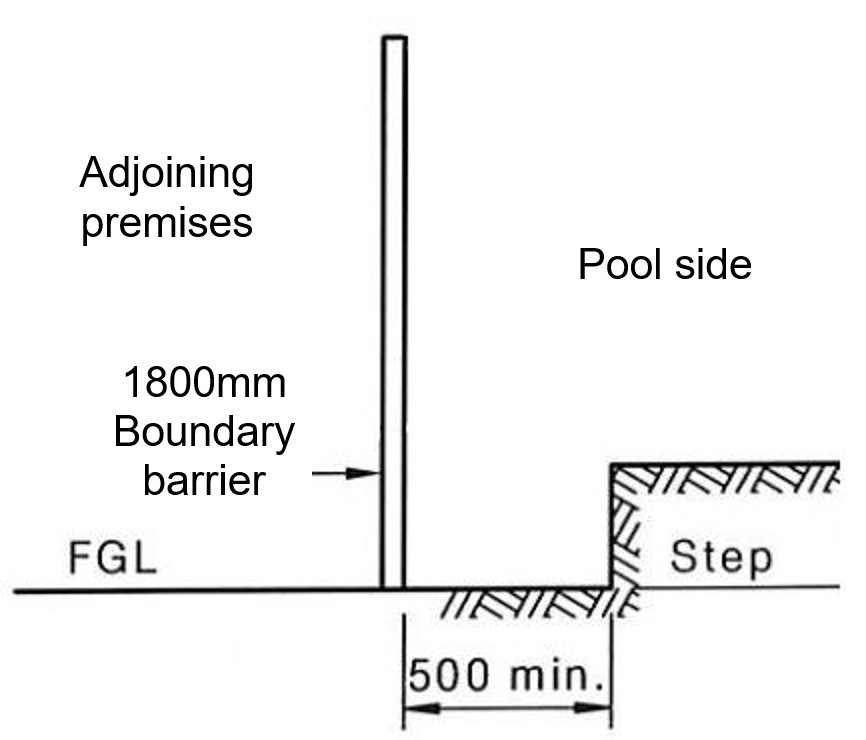
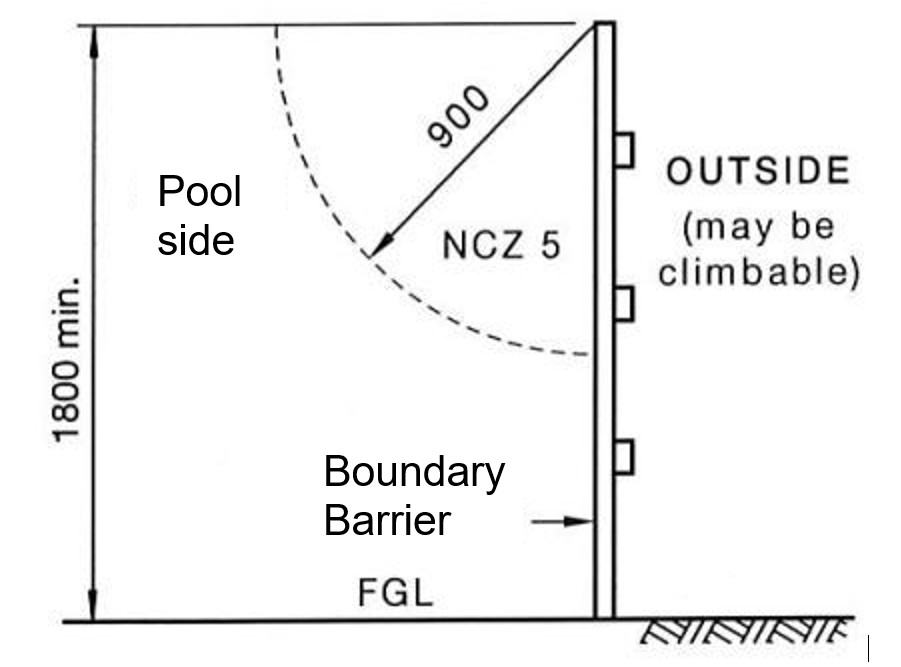

![(AS1926.1-2012) [Installed or modified after 1/05/2013] Swimming Pool Inspection (AS1926.1-2012) [Installed or modified after 1/05/2013] Swimming Pool Inspection](/media/c85b6984-cbe5-49b9-b988-5bcd0839707f)





